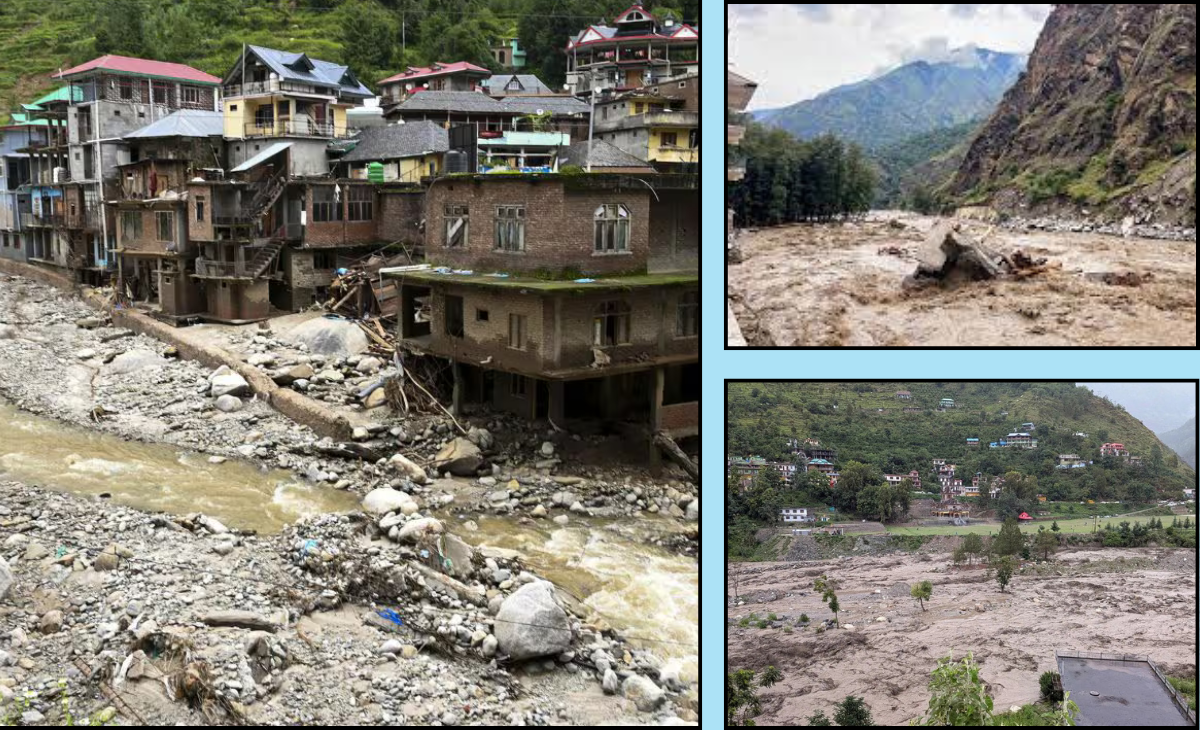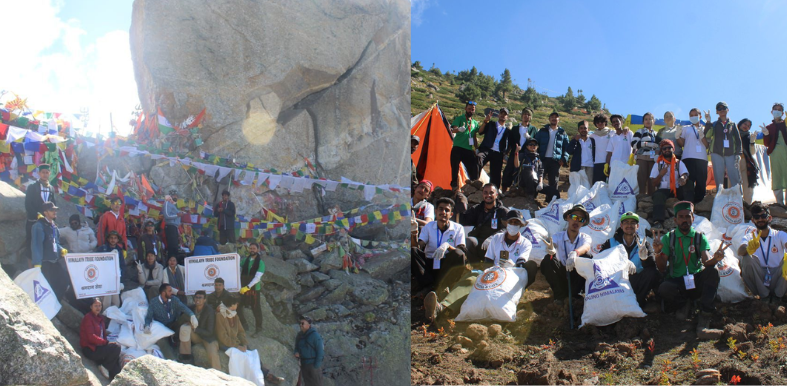Pallavi Sharma
DHARAMSHALA:
Cloudbursts have become a recurring natural hazard in the hilly regions of Himachal Pradesh, causing widespread destruction and claiming lives.
Among the 12 districts of the state, five — Mandi, Shimla, Chamba, Kullu and Sirmaur — have emerged as the most vulnerable to these extreme weather events. This vulnerability is not random but the result of a complex interplay of geography, weather patterns and local climate conditions.
How do cloudbursts occur?
Cloudbursts are intense rainfall events where more than 100 mm of rain can fall in an hour over a small area, often accompanied by thunderstorms. According to a research by IIT-Roorkee, most cloudbursts in Himachal occur due to the rapid formation and collapse of cumulonimbus clouds, which are thunderstorm-producing clouds.
The formation of these clouds is primarily driven by heat. During the day, the sun heats the earth’s surface rapidly, especially in hilly regions. This causes warm, moist air to rise swiftly into the atmosphere. As this air ascends, it cools and condenses, forming large cumulonimbus clouds.
When these clouds are trapped in a localised area due to geographical obstructions like steep mountain slopes, they can unleash a torrential downpour in minutes, a phenomenon known as a cloudburst.
In such events, rainfall can range from 200 to 1,000 mm per hour, which overwhelms the soil’s absorption capacity and leads to flash floods and landslides.
Why are 5 districts more affected?
According to the IIT-Roorkee study that examined cloudburst incidents up to 2024, these five districts receive the heaviest rainfall during the monsoon compared to other regions in the state. Their steep terrain, high elevation and specific wind patterns make them ideal locations for the rapid formation of cumulonimbus clouds.
Researchers from NIT-Hamirpur supported these findings. They pointed out that physical obstructions like steep mountain slopes contribute directly to cloud formation. When moist air is forced to rise rapidly due to these slopes, it accelerates the development of storm clouds, increasing the likelihood of sudden and extreme precipitation.
In contrast, districts such as Una, Hamirpur, Bilaspur, Kangra, Kinnaur, Lahaul-Spiti and Solan have less rugged topography or lie in rain-shadow zones, thus experiencing far fewer cloudburst incidents.
Peak season and preparedness
Data shows that July and August are the peak months for cloudbursts in Himachal Pradesh, significantly more than in June or September. This period corresponds with the core monsoon season, when moisture levels in the atmosphere are at their highest and temperatures fluctuate rapidly due to both sunshine and storm activity.
With increasing climate unpredictability, cloudbursts are likely to become more frequent and severe. Therefore, early warning systems, improved drainage infrastructure and localised weather monitoring are critical to minimising the risk to life and property in these high-risk districts.
As the science behind cloudbursts becomes clearer, it is essential for policymakers and residents in Himachal’s vulnerable regions to remain alert and prepared, especially during the peak monsoon months.






